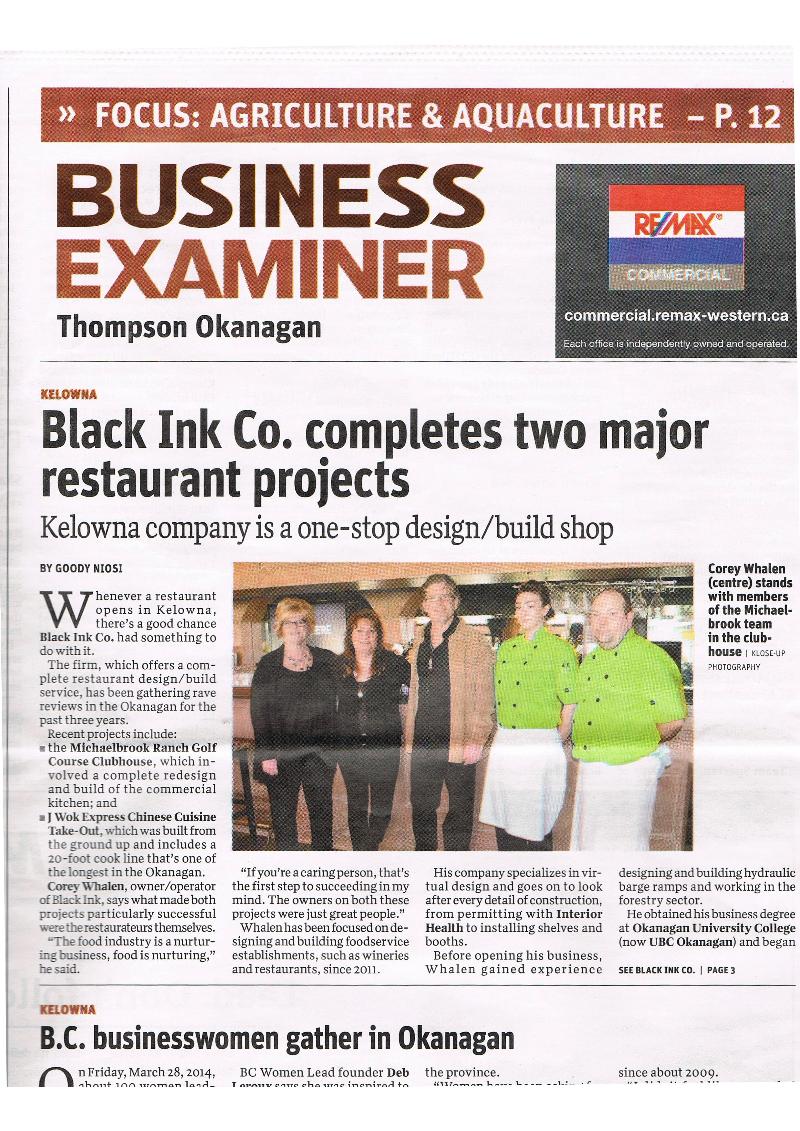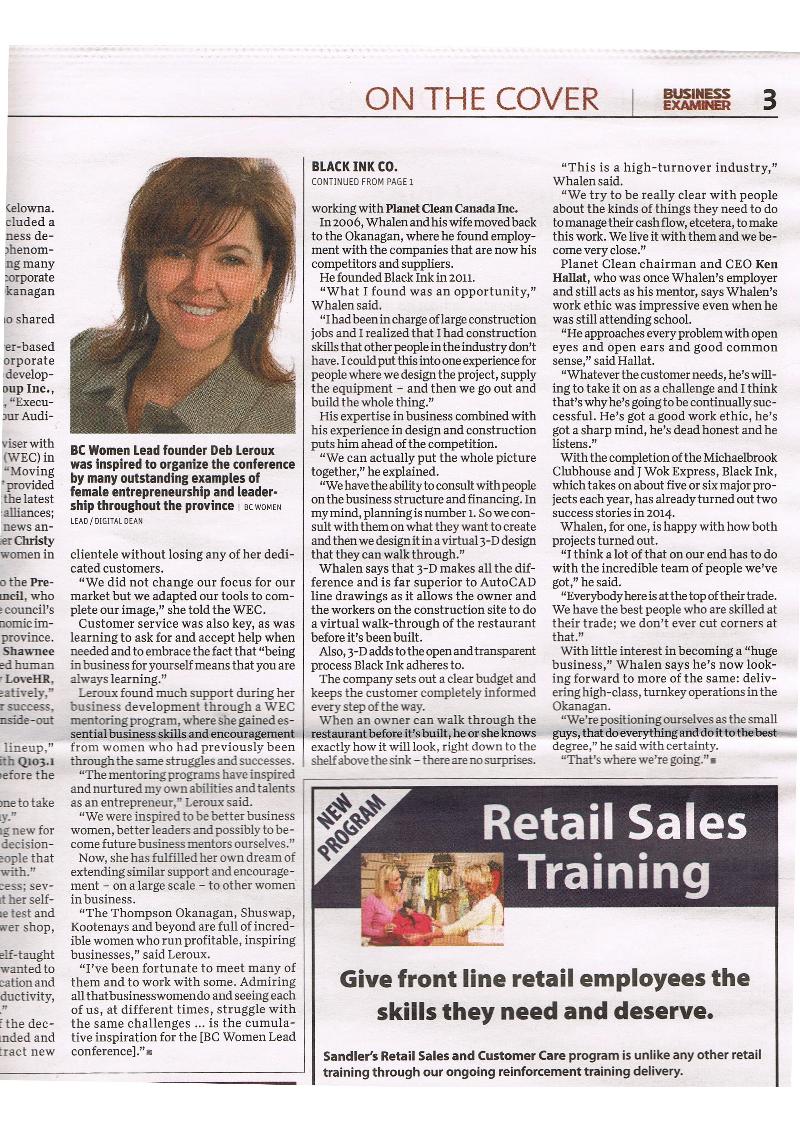Commercial Kitchen Hood Systems
Be sure to consider airflow volumes and design options when choosing a Commercial Cooking Hood System for your restaurant.
If air quality is important to you, then you may choose to set your cubic feet per minute (cfm) airflow above minimum levels under code. Consider this example: a pub kitchen cookline generally produces a lot more grease laden vapour than say a sub sandwich shop. Black Ink Co. designers suggest you increase airflow volume in the pub, but minimize the hood system cfm’s in the sub shop.
The need to remove higher levels of contaminants from the space is accomplished by moving more air volume (i.e. using a stronger exhaust fan). We are guided (under the Commercial Cooking Ventilation Code NFPA96 & the BC Building Code) to balance exhaust cfm volumes with make up air cfm volumes; so if we increase the exhaust, then we must increase the make up air proportionally.
Your restaurant hood system will not grease up and require as much cleaning when the airflow is set right for the situation, and grease deposits on your kitchen ceiling will not become a problem. The faster the airflow speed, or higher the cfm’s keeps the grease from depositing on surfaces and liberates it into the outdoors where you want it.
Make sure you design your Commercial Kitchen Vent Hood System right, and specify the correct make up air heater/blower and exhaust fan for the job. You need to know what you are doing under the hood, and then design your system to accommodate your demands. Remember, moving air costs money especially in the cold months when the make up air heater is engaged. Talk with our designers at Black Ink Co. about your electric and gas fired options and what system is right for you.

